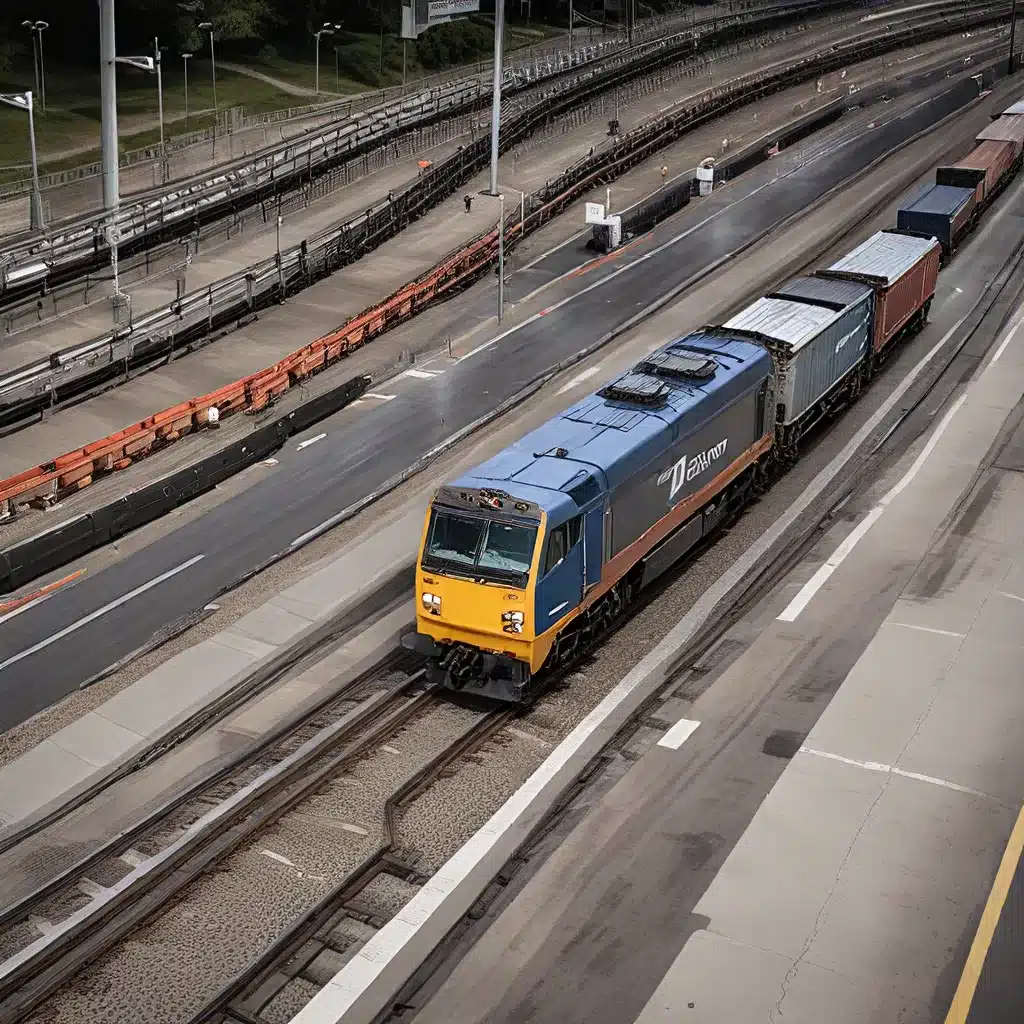
The rapid growth of sensor networks and Internet of Things (IoT) technologies has transformed how we approach data collection and analysis in various industries, including smart transportation and logistics. Accurate and reliable sensor calibration has become a crucial aspect of ensuring the integrity and value of the data acquired from these interconnected systems.
The Importance of Sensor Calibration in Smart Transportation and Logistics
In the context of smart transportation and logistics, sensor networks are widely deployed to monitor and optimize various aspects of operations. Vehicle tracking, traffic flow analysis, fleet management, and environmental monitoring are just a few examples of how sensor data is leveraged to enhance efficiency, safety, and sustainability. However, the reliability and accuracy of this data are directly dependent on the calibration of the underlying sensors.
Proper sensor calibration ensures that the measurements recorded by these devices are consistent, precise, and aligned with industry standards. This is particularly critical in applications where sensor data is used for decision-making, compliance reporting, or real-time control systems. Inaccurate sensor readings can lead to suboptimal decisions, regulatory non-compliance, and even safety hazards.
Achieving Reliable Sensor Calibration
Achieving reliable sensor calibration in smart transportation and logistics involves a multi-faceted approach. Sensor selection, environmental factors, calibration procedures, and data processing are all key considerations that must be addressed to ensure the integrity of the collected data.
Sensor Selection: The choice of sensors plays a crucial role in the overall reliability of the system. Factors such as measurement range, resolution, accuracy, and environmental robustness should be carefully evaluated to match the specific requirements of the application. Leveraging industry-standard or certified sensors can help ensure consistent and reliable performance.
Environmental Factors: The operating environment of the sensors can significantly impact their calibration. Environmental conditions, such as temperature, humidity, vibration, and electromagnetic interference, can influence sensor readings and drift over time. Accommodating these factors through environmental chambers, shielding, or dynamic calibration can help maintain the accuracy of the sensor data.
Calibration Procedures: Establishing and adhering to standardized calibration procedures is crucial for ensuring the consistency of sensor readings. This may involve periodic recalibration, multi-point calibration, or in-situ calibration techniques, depending on the sensor type and application requirements. Leveraging calibration standards and reference instruments can help validate the accuracy of the sensor outputs.
Data Processing: Even with well-calibrated sensors, the raw data collected may require additional processing to derive meaningful insights. Techniques such as data filtering, outlier detection, and data fusion can help improve the reliability and usability of the sensor data, minimizing the impact of any residual errors or anomalies.
Case Study: Sensor Calibration in Smart Fleet Management
One practical application of reliable sensor calibration in smart transportation and logistics is in the realm of fleet management. In this context, sensors are used to monitor various aspects of vehicle performance, including fuel consumption, engine diagnostics, driver behavior, and environmental factors.
For example, fuel consumption sensors are critical for optimizing fleet efficiency and reducing operational costs. Accurate calibration of these sensors ensures that the reported fuel usage aligns with industry standards and regulatory requirements. This information can then be used to optimize route planning, identify fuel-efficient driving habits, and predict maintenance needs, ultimately leading to cost savings and improved sustainability.
Similarly, vehicle diagnostics sensors can provide valuable insights into the health and performance of the fleet. Reliable calibration of these sensors enables predictive maintenance, fault detection, and real-time monitoring, ultimately improving vehicle uptime, safety, and reliability.
Emerging Trends in Sensor Calibration
As sensor networks and IoT technologies continue to evolve, several emerging trends are shaping the future of sensor calibration in smart transportation and logistics:
-
Automated Calibration: The development of self-calibrating or auto-calibrating sensors can reduce the need for manual calibration, improving the scalability and efficiency of sensor deployments.
-
Integrated Calibration Platforms: The rise of cloud-based or edge-computing platforms that can manage sensor calibration, data processing, and analytics in a centralized and streamlined manner, enhancing the overall reliability and data quality.
-
Intelligent Calibration Algorithms: The application of machine learning and artificial intelligence techniques to adaptive calibration can help optimize sensor performance and account for dynamic environmental changes over time.
-
Sensor Fusion and Redundancy: Combining multiple sensors and data sources to provide redundancy and cross-validation can improve the overall reliability and resilience of the sensor network, reducing the impact of individual sensor failures or inaccuracies.
-
Blockchain-based Calibration Traceability: The integration of blockchain technology can enable tamper-proof records of sensor calibration history, verifiable compliance, and end-to-end data provenance for enhanced trust and transparency in the supply chain.
Conclusion
In the era of smart transportation and logistics, reliable sensor calibration is a critical component for ensuring the integrity and value of the data collected by interconnected sensor networks. By adopting a comprehensive approach to sensor selection, environmental considerations, calibration procedures, and data processing, organizations can unlock the full potential of sensor-driven insights and optimize their operations for enhanced efficiency, safety, and sustainability.
As the world continues to embrace the transformative power of IoT and sensor networks, the importance of reliable sensor calibration will only grow, paving the way for more accurate, trustworthy, and impactful data-driven decision-making in the transportation and logistics industries.